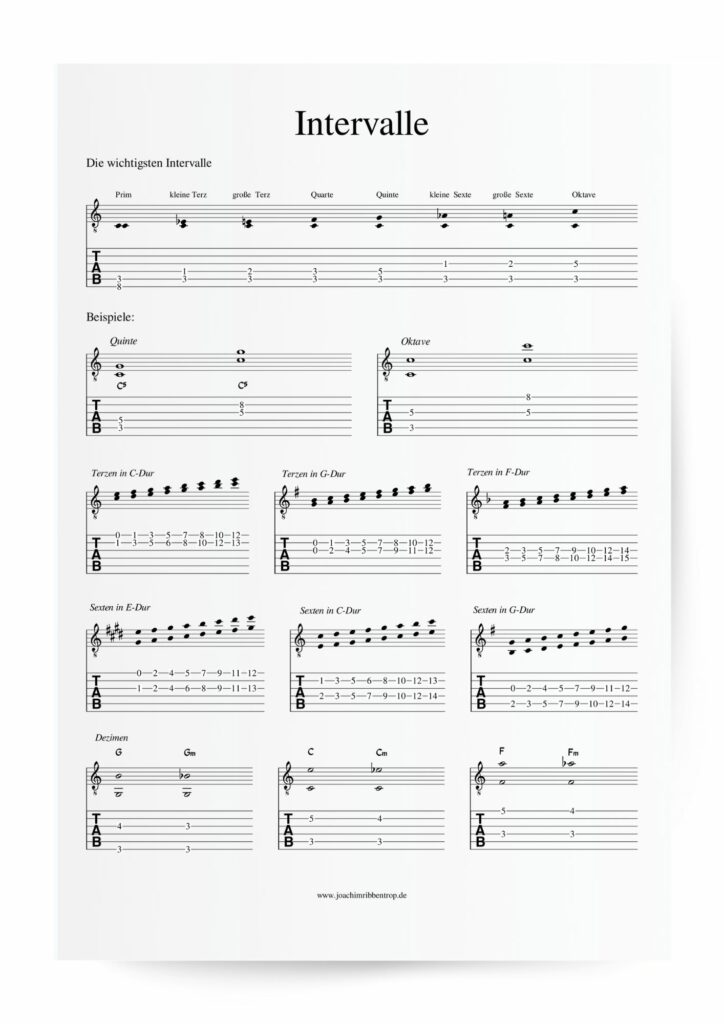Por Una Cabeza is a famous song by Argentine tango singer Carlos Gardel.
In the key of A major, the melody works beautifully on the guitar and covers many areas of the fretboard. The fantastic guitarist Yamandu Costa plays the melody in a wonderful way:
Por Una Cabeza - Learn The Melody
In order to be able to play with a solo arrangement as freely as Yamandu Costa, one should first learn the melodic and harmonic content of the piece in its basic form. In order to become familiar with the key, it is worth repeating the different fingerings of the major and minor keys (in the B-section the piece modulates to A minor). See the Scales and Fingerings section for details .
Once you’ve become familiar with the fingerings and melody, it makes sense to practice the melody to the metronome or a similar fixed accompaniment. You can practice the melody with the interactive sheet music below. Follow the on-screen notation or TABs and adjust the tempo to your ability.
PHRASING OF THE MELODY
1. Articulation
After the basic melodic content has been worked out, it is time to design the material. The legato and staccato techniques are particularly important here. Legato means fluid and connected phrasing, which on the guitar means above all connecting the notes by hammering and pulling (hammer-on and pull-off). Staccato is the technique of short, disconnected phrasing. This technique can provide a good contrast, especially for concise, rhythmically intensive passages.
Yamandu Costa uses a concise staccato in the first bars of the video to emphasize the melody. In the melody to Por Una Cabeza there are many more ways to use these techniques. A striking example is the trill at the end of the second part. This is achieved by quickly hammering the note on and then pulling it off.

2. Harmonization
Adding intervals is a good way to add emphasis to certain parts of the melody, or to create a fuller sound overall.
Common intervals to harmonize a melody are above all thirds and sixths . The third determines the type of chord, making the difference between major and minor and is generally perceived as very harmonious. The sixth is the so-called complementary interval to the third, both intervals add up to a full octave. The sixth fulfils the same harmonic criteria as a third.
In Yamandu Costas performance you will find countless application examples. Right at the beginning he harmonizes the melody in thirds. You can also find an example of harmonization in thirds from the end of the first part in the interactive sheet music above. One can use this technique almost throughout the entire melody of “Por Una Cabeza”.

In the following arrangement you will find an overview and exercises for the most important intervals on the guitar as well as the melody to “Por Una Cabeza” in its basic form and harmonized in thirds and sixths.